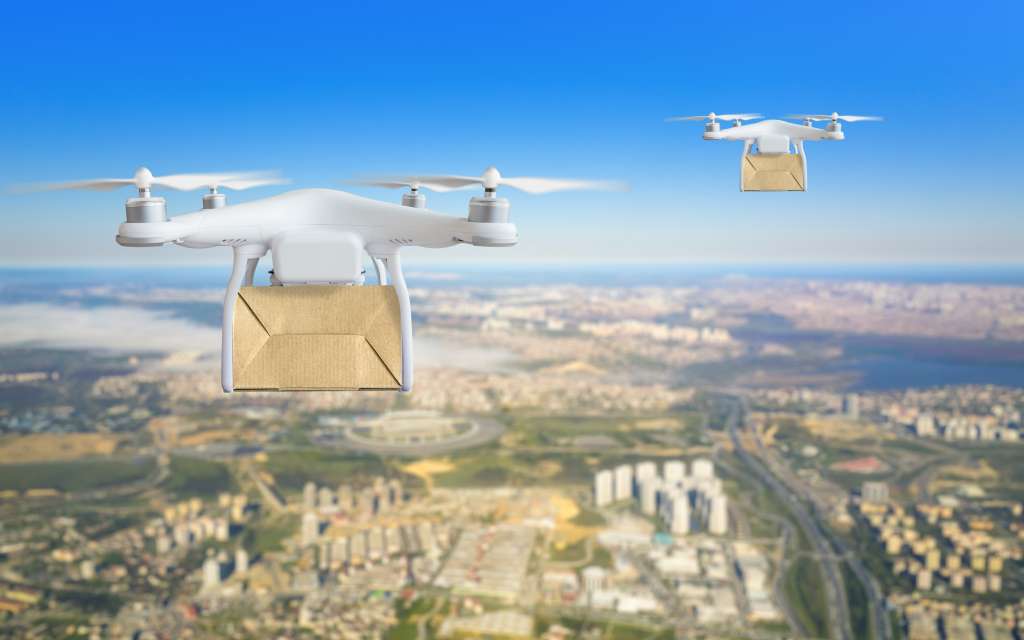Top Strategic New Technology Trends For 2023



Summary: The fashion industry is constantly evolving, and brands are adopting new technologies with smarter infrastructure for a competitive edge. Fashion labels are always futuristic to continue riding the trends. Here are some breakthrough technologies from 2021 and 2022 that are making their way into mainstream manufacturing.
Strategic technology planning helps fashion brands chart out where they wish to stand in the future. In 2022, newer technologies started to become the norm. Regulators are now considering several breakthrough strategic innovations, such as drone deliveries and driverless shipments. Here are the strategic technology trends for 2023.
Machine Learning for Predicting Trends
When it comes to machine learning (ML), new technological innovations developed in 2022 and 2021 such as programming algorithms, predictive data mining and demand forecasting are slowly making their way to the top. AI and ML are retrieving data directly from customer touchpoints. As a result, fashion brands can manufacture precisely what people will want. Brands can also know the exact quantities to be produced, trimming down their logistics costs.
Incorporating AI TRiSM (Trust, Risk, and Security Management) in Model Development
Fashion industries work in a dynamic global marketplace. Therefore, incorporating trust, risk, and security management (TRiSM) into their procurement and delivery models is critical to their survival. In e-Commerce, data privacy and security issues are becoming a worrying factor. This is where technologies such as cloud-based and automated supply chain management, and secure logins are safeguarding their backend operations with smart AI-based technologies.
Blockchain Technology-backed E-contracts

Among the most strategic new technologies of 2022 is blockchain-backed e-contract. These transactions are instantaneous and transparent. With blockchain-based smart contracts, fashion brands can ensure secure and direct trade with suppliers. In addition, shipping companies are making payments immediately after the execution of contracts. So, there is no need to involve third parties in contract execution and funds transfer.
Metaverse Shopping Experience with AR-assisted Virtual Avatars
Augmented reality or AR technology remained in the top five innovations among new technological trends in 2021. However, brands are taking it a step ahead with virtual avatars for the fashion metaverse. Photorealistic animated avatars of customers can wear digital fashion and try on their clothing sizes before making a pick. Virtual avatars also help avoid wastage as there is no need to stock up on real clothes.
Private 5G and LTE in Factories
Whether it be IoT, AI, ML, digital tagging, or end-user computing, these devices and software require reliable networks. 5G and LTE connectivity are no longer about connectivity. They offer data processing speed needed to allow machines to communicate with human intelligence in real time. Alexa controlling your home appliances is just the tip of the iceberg. 5G is a must for driverless deliveries, which is the next technological breakthrough that fashion brands are looking to invest in.
Driverless Vehicles and Drone Delivery

Fashion brands that stay on top of advancements believe that the combination of autonomous vehicles and drones will be the future of delivery. Deliveries will be made with minimum human intervention. According to McKinsey, drones currently handle over 2000 deliveries (in 2022). Companies like Amazon and Walmart have already pushed for laws on drone deliveries to benefit from new technologies in 2022.
3D Printing to Optimize Inventory
Do you remember reading about 3D printing in the list of new technology trends in 2022? Warehousing and logistics will see a complete overhaul in 2023. Brands' need to move and stock physical goods will drastically reduce. Fashion brands would be able to deliver orders within a short span by printing small orders in no time. After-sales service will become more efficient as outlets can create spares using 3D printers.
Smart Clothing and Wearable Tech
Whether it is sportswear, smart yoga pants that fix poses, or clothes that change colors, intelligent clothing and wearable tech have already made it to the list of top trends. The fashion industry is belting out smart wearables such as shoes, watches and activewear with this new technology. Work with suppliers who have wearable tech in various stages of development. This will enable designing teams to achieve go-to-market goals quicker in case of new product launches.
Green Packaging Technology

Shifting to sustainable packaging is the least any fashion brand can do to conserve the environment. Customers armed with new technology want brands to provide packaging material that is biodegradable and recyclable. Brands should look at zero-waste packaging alternatives made from organic, compostable, and upcycled materials. Companies like Levi's, Puma, and H&M are already switching to green packaging.
Must Welcome These Changes
Stakeholders in fashion brands that are willing to become technologically savvy and remain open to changes in product development cycles will thrive in 2023. New technologies from 2021 and 2022 are now becoming cost-effective and accessible. Choosing the right technologies and making their operational processes adaptive to them is a challenge that fashion labels have to take up.
Key Takeaways
- AI, blockchain, metaverse shopping experience, ML, wearable tech, and green packaging materials make it to the list of crucial new strategic technologies for clothing brands in 2023.
- Fashion labels that are fast enough to adapt to these new technologies, as per trends, will continue experiencing growth. They will have to make their processes more tech-complaint to become future-ready.
Need guidance on implementing newer fashion technologies? Fashinza can help you pick and implement technologies for smart operations.
Connect with Fashinza for AI-guided selection of suppliers and real-time remote monitoring of shipments.



















